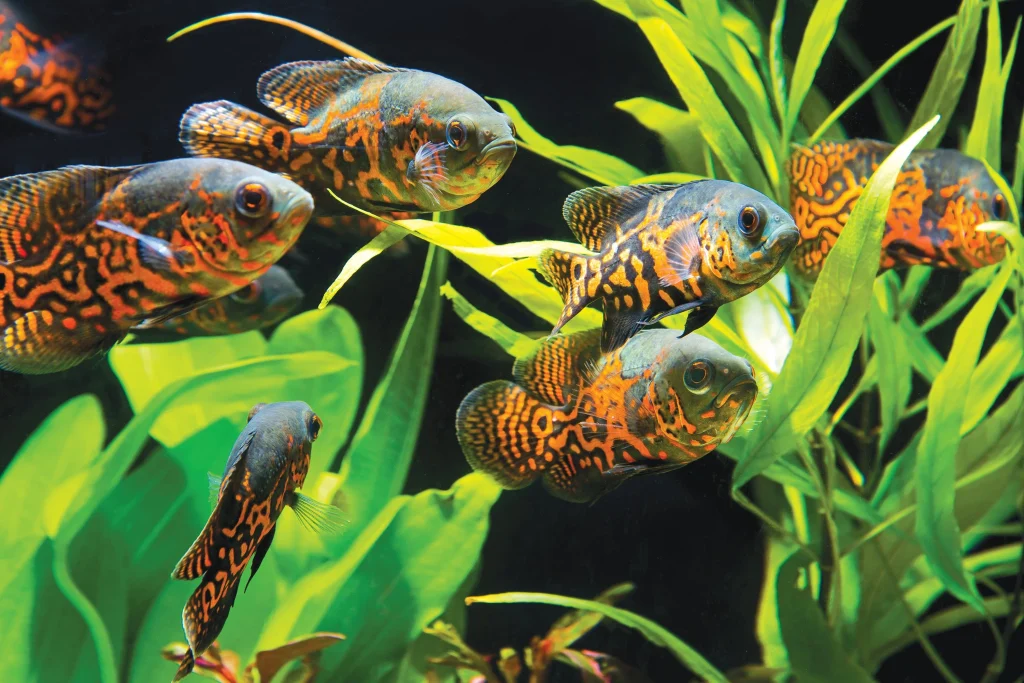In a world where calm and beauty come in a simple glass box, water parameters are the most critical things to track for a healthy freshwater aquarium. If these numbers fall out of range, fish and plants can grow weak or die. By keeping a steady eye on pH, temperature, hardness, and the levels of ammonia, nitrites, and nitrates, you will create a safe and bright home for aquatic life. This guide will explain why each factor matters and how to watch them with ease.
pH Power
The pH level shows if the water is acidic or basic. Most freshwater fish like a pH between 6.5 and 7.5. If pH shifts too high or too low, fish stress and plants may stop growing. Use a simple test kit or strips twice a week to track pH. Monitoring pH helps catch trouble early. Small changes can be fixed with gentle water changes or natural pH buffers to keep your tank balanced.
Temperature Tactics
A stable heat zone is key for healthy fish. Freshwater aquariums usually stay between 24 °C and 27 °C. Sudden drops or spikes in temperature can shock fish and harm bacteria that clean waste. Use a thermometer and a reliable heater to keep steady heat. Check the reading daily. Even a one-degree change can stir stress, so steady warmth means calmer fish and clear water.
Water Hardness Hints

Hardness measures minerals like calcium and magnesium. General hardness (GH) gives the building blocks for strong bones and bright colors. Carbonate hardness (KH) helps to buffer pH and keep it from swinging. Use a hardness test kit once a month to view your GH and KH levels. Monitor levels and adjust with safe additives for best results. Right hardness makes your water stable and your aquarium life strong and vibrant.
Nitrogen Navigation
The nitrogen cycle turns harmful ammonia into safe nitrate. Fish waste and leftover food make ammonia, which can burn gills and skin. Beneficial bacteria in filters change ammonia into nitrite, then into nitrate. Too much nitrate can feed algae and harm fish over time. Test for ammonia, nitrite, and nitrate once a week. If levels climb, plan a water change and check filter health. Keeping this cycle in balance is vital for a fresh and thriving tank.
In conclusion, simple checks keep your freshwater aquarium bright and healthy. By watching pH power, using temperature tactics, learning water hardness hints, and navigating the nitrogen cycle, you give your fish and plants the best chance to flourish. A clear routine of easy tests and small fixes makes a world of difference. Start tracking these key water parameters today, and enjoy a calm, colorful, and vibrant underwater world in your own home. It’s quick, fun, and rewarding.

